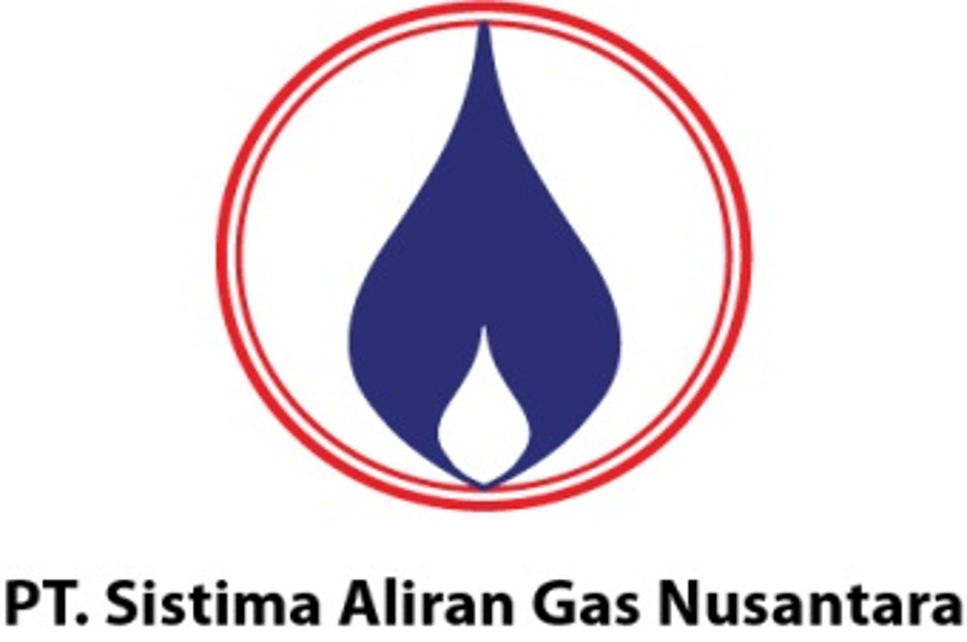The efficient and effective transfer of natural gas from producing regions to consumption areas requires extensive and complex transportation systems.. In many cases, Natural gas produced from a particular source must travel a very long distance to reach the point of use.. The transportation system for natural gas consists of a complex pipeline network., designed to transport natural gas quickly and efficiently from its origin, to areas with high demand for natural gas. The transportation of natural gas is closely related to its storage.: if natural gas transported is not immediately needed, can be incorporated into storage facilities when needed.
There are three main types of pipes along the transportation route.: collection system, interstate pipeline system, and distribution system. The collection system consists of a small diameter low-pressure pipe that transports raw natural gas from the wellhead to the processing plant.. If natural gas from certain wells has a high sulfur and carbon dioxide content (acidic gas), special acidic gas collection pipes must be installed. Acidic gases are corrosive, so that its transportation from the wellhead to the sweetener plant must be done with caution. Review natural gas treatment and processing.
Pipelines can be characterized as interstate or intrastate.. Interstate pipelines are similar to interstate highway systems: They carry natural gas across state lines., In some cases it is clear that it crosses the country.. Pipa intrastate, On the other side, Transporting natural gas under certain circumstances. This section will only cover the basics of interstate natural gas pipelines., but the technical and operational details discussed are essentially the same for intrastate pipelines..
